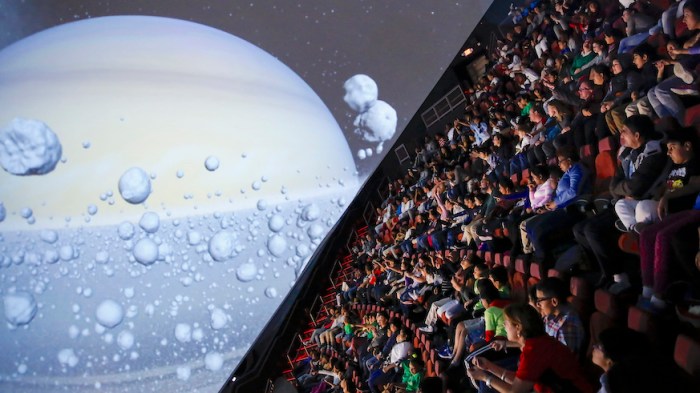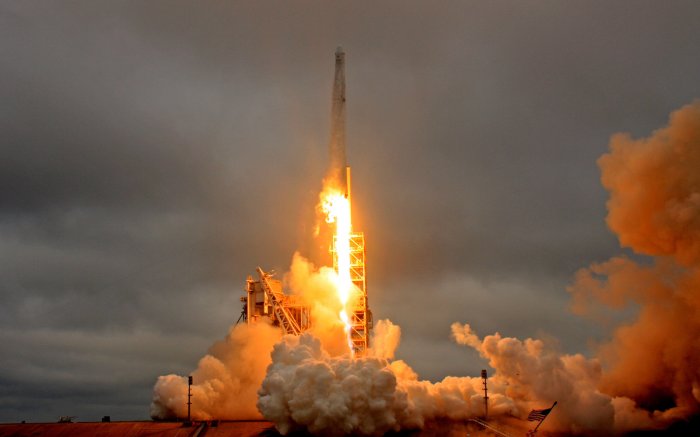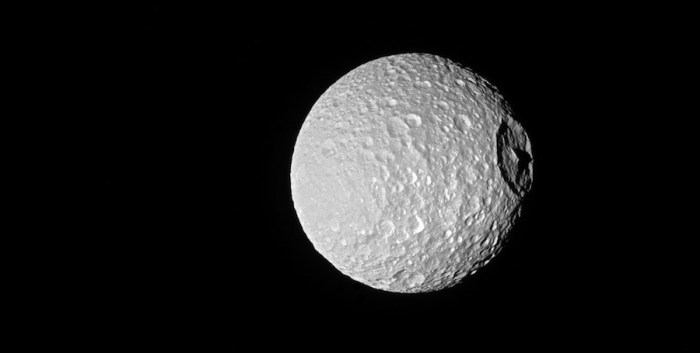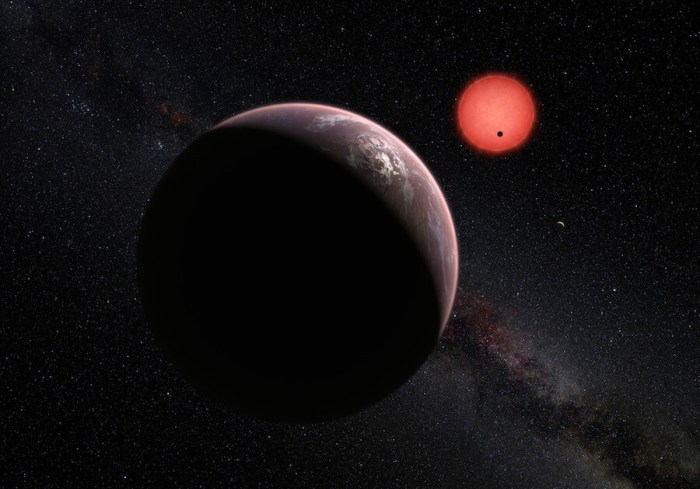In recent years we have witnessed a number of innovations in space exploration: China and India have taken bold steps in initiating their very own space program; scientists have send probes to Mars; and most recently space agencies have landed a satellite on a comet 500 million kilometres away. So, what is the next great adventure for humanity in outer space?
What is man’s next adventure in space?
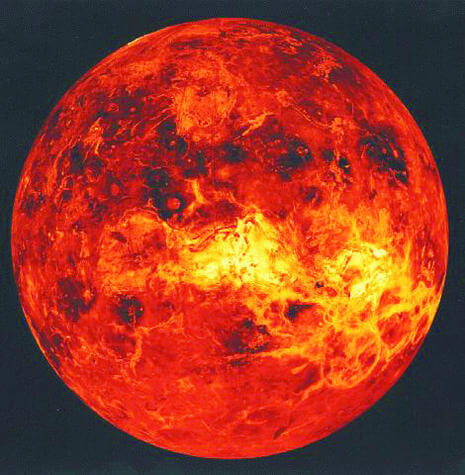
On Friday December 5, Orion, NASA’s new astronaut-carrying spacecraft, successfully conducted a test flight at high risk, which represents the beginning of a new era of space exploration that could lead man to walk on the surface of Mars. “Today’s flight test of Orion is a huge step for NASA and a really critical part of our work to pioneer deep space on our journey to Mars,” said NASA Administrator Charles Bolden after the spacecraft completed its test.
Meanwhile, NASA’s New Horizons probe awoke early December after spending nine years in hibernation. New Horizons will make history by being the first spacecraft to analyze Pluto and its moons in detail in July 2015 while they’re in a much warmer state. “Here are several reasons why we want to send a spacecraft to Pluto: to understand the class of objects known as Kuiper Belt Objects, which are frozen relics of the earliest days of the solar system; and to learn about the Pluto system, because it’s the last of the “classical” planets to be explored close up,” Alice Bowman, New Horizons Mission Operations Manager, told Metro.
Along with missions by spacefaring countries, emerging economies like China and India also have significant space programs that have already shown significant results. While China is working on a lunar mission that includes robotic and manned explorations, India managed to send the Mangalyaan probe to Mars as part of one of the cheapest interplanetary missions ever, its total cost being a relatively small $74 million.
Yet what other places in space can be charted by mankind in the near future? According to Joel Parker, a planetary scientist at the Southwest Research Institute, “we should learn how to live on and colonize other places like the Moon and Mars; that would be a challenge that would teach us a lot and involve developing new technologies that would be useful for us on Earth”.
However, while many scientists like Parker agree with the idea that the future of space missions is in the colonization of Mars and the Moon, other specialists like British Astronomer Royal Lord Martin Rees have appealed to forget manned missions to the Moon and Mars, as most future space travellers will be robots. “It’s hard to see any particular reason or purpose in going back to the moon or indeed sending people into space at all,” said Rees at a recent lecture at Cambridge University.
Although experts do not agree on some issues about the future of mankind in space, what do they concur upon is that space missions must represent a tangible benefit to the inhabitants of Earth, in terms of, for example, the development of GPS as well as climate and telecommunications satellites and everyday benefits of space technology.
Nevertheless, scientists reckon there is a lot of hope for the future of space missions. “We can achieve anything, human beings can achieve anything,” Alan Stern, New Horizons principal investigator, told Metro. Adds Bowman: “I do know we are only limited by our imagination!”
=-=-=
Q&A
“We don’t know what we’ll find on the surface of Pluto”
Joel Parker:Deputy lead on the New Horizons ground-based observation coordination team, based at at the Southwest Research Institute
What is the objective of the New Horizons mission?
The goals of the New Horizons mission are to do the first up-close study of the last classical planet in our Solar System: Pluto. By studying the surface and atmosphere of Pluto, as well as its moons, we will get a better understanding of the formation of our Solar System, which happened some 4.6 billion years ago.
What is the motivation to send a spacecraft to Pluto?
Pluto is so far away and so small that it is nearly impossible to study it in much detail. Even the Hubble Space telescope can barely resolve Pluto, with only a few pixels covering the entire surface. But by spending the New Horizons spacecraft to Pluto, we will be able to see phenomenal details of the surface and see features like mountains, craters, the distribution of ice, maybe geysers – all these features are impossible to see from Earth. We also will be able to measure trace chemicals in the atmosphere.
What aspects of Pluto do you want to study?
I’m interested in the atmosphere of Pluto: how it formed itself and is sustained. How does the atmosphere interact with the surface? What are the chemicals in the atmosphere and what do they tell us about the chemicals on or even under Pluto’s surface? I’m also interested in the surfaces of Pluto’s moons and how similar or different they are from Pluto.
What are some of the major challenges of this mission?
New Horizons is an incredibly challenging mission. Since this is the first visit to Pluto, we don’t know what we will find on its surface, so we had to build a spacecraft and science instruments that can do many kinds of observations, but all fit in a very small, lightweight, and low-power package.
We had to send it out to the edge of the solar system on a very long voyage, so the instruments have to be robust enough to survive and be in excellent shape after many years of travel.
Also, the distance and speed of the spacecraft is a challenge.











